Welcome to the ultimate beginner’s guide to bike commuting! If you’re looking to start biking to work or need a change of pace from your usual commute, you’ve come to the right place.
Bike commuting has grown in popularity over the years due to its many benefits. Not only is it a great form of exercise, but it also saves money on gas and car maintenance. Plus, it’s good for the environment! However, getting started can be intimidating if you’ve never done it before.
That’s where this guide comes in. I’ll cover everything from choosing the right bike and gear to safety tips and routes. By the end of this guide, you’ll have all the information you need to confidently hop on your bike and head out on your first commute.
So buckle up (or should we say, helmet up?) and get ready to discover a new way of getting around!
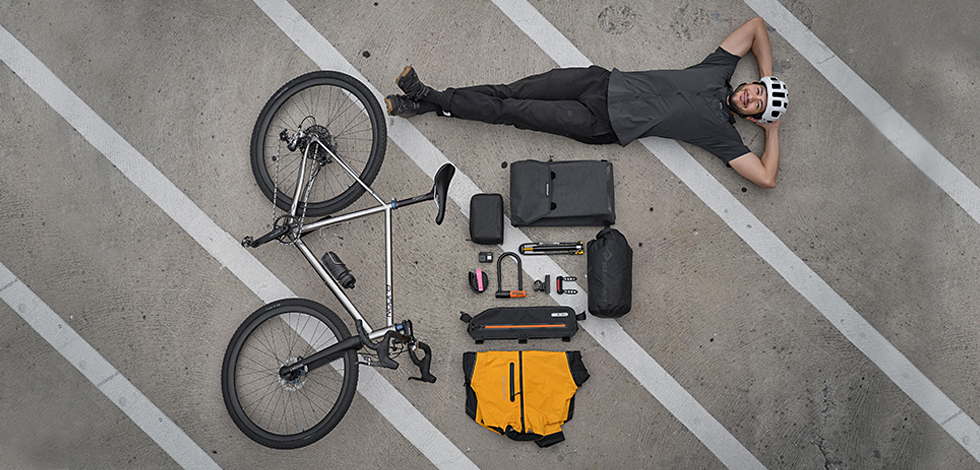
Why Choose Bike Commuting?
Choosing bike commuting is a smart decision that benefits your health and the environment, saves money on transportation, and helps you navigate congested areas faster. With a bike, you can explore your city and take control of your commute. By switching to bike commuting, you can reduce your carbon footprint and improve your fitness levels.
Expert bike commuters share their tips on gear, dressing appropriately, and navigating traffic. Building confidence, endurance, and stamina for longer commutes is also essential. Planning and testing different routes can help you adjust quickly. By choosing bike commuting, you’re making a responsible choice for the environment and a smart one for your well-being.
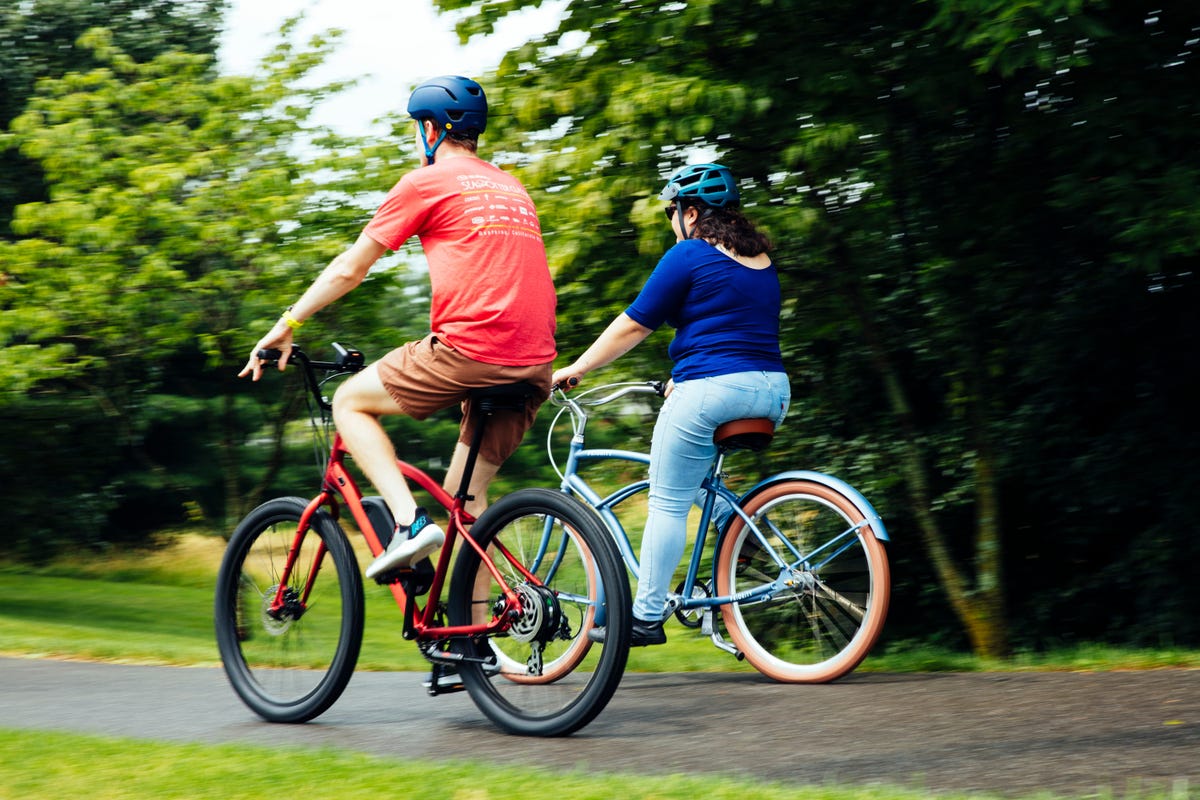
Benefits for your health and the environment
To improve your health, commuting by bike can be a smart choice. Cycling is a low-impact exercise that raises your heart rate and engages the muscles in your legs, core, and arms. It’s also a stress-relieving activity that can boost your mood and energy levels.
Additionally, choosing to bike instead of driving alone in a car helps reduce your carbon footprint, meaning you’re doing your part to protect the environment. You’re contributing to cleaner air and a healthier planet by pedaling instead of burning fossil fuels.
Not to mention, biking can be a more affordable alternative to other modes of transportation, further benefiting your wallet and your overall well-being. So why not consider giving bike commuting a try? The benefits are endless.

Saves money on transportation
If you’re looking for a way to save money on transportation, bike commuting has got you covered. As mentioned earlier, becoming a bike commuter may require some initial investment in gear, but the long-term benefits are undeniable.
Unlike cars, bikes don’t require fuel, insurance, or expensive maintenance costs. Biking to work saves you money on gas, parking fees, and public transportation fares. Commuting by bike can also reduce wear and tear on your car, saving you money on repairs and prolonging your vehicle’s life.
The physical and mental health benefits of biking can save you money on healthcare costs in the long run. Overall, the financial advantages of bike commuting make it an excellent option for those looking to save money on transportation costs.

Faster commute in congested areas
When it comes to commuting in congested areas, biking can be the ultimate solution. With a bike, you can navigate through traffic and avoid the gridlock that plagues cars and buses. Plus, with the growing popularity of bike lanes and bike-sharing programs in many cities, it’s becoming easier than ever to commute by bike.
And let’s not forget the time-saving benefits – on a bike; you can often get to your destination faster than in a car. Whether you prioritize speed, convenience, or sustainability, biking is a great option for those who want to make their daily commute less stressful and much more enjoyable.
With tips on route planning, gear, and safety, bike commuting is more accessible. So why not try it and see how much faster – and happier – your daily commute can be?

Freedom to explore your city
When you choose to commute by bike, you open up a new world of exploration in your city. No longer are you confined to the limits of public transportation or congested highways.
You can explore winding side streets, hidden parks, and scenic routes that you never knew existed before. And the best part is that biking allows you to go at your own pace, so you can take in all the sights and sounds of your city without feeling rushed or constrained by a strict schedule.
Whether you’re a seasoned local or a newcomer, commuting by bike will give you a fresh perspective and a newfound appreciation for the place you call home. So why not take advantage of this newfound freedom and explore your city on two wheels? Your daily commute will soon become an exciting adventure filled with discoveries and new experiences.

Tips from expert bike commuters on gear and strategies for success
Ready to start bike commuting? Take these tips from expert bike commuters on gear and strategies for success. First, invest in essential gear like mudguards, helmets, lights, and a lock. If you plan to commute long-term, consider adding panniers for extra storage. Become familiar with your bike’s gears to make your ride easier.
Plan your route ahead of time for longer commutes and build up your endurance and stamina by gradually increasing your distance. Dress appropriately for the weather and be visible on the road with bright clothing and reflective gear. With these strategies and gear in place, you’ll be on your way to a successful and enjoyable commute by bike.

Interview with experienced bike commuters on their essential gear
If you’re new to bike commuting, having the right gear to make your rides safe and comfortable is essential. To help you, we spoke with some experienced bike commuters about their essential gear for daily commutes. From helmets to lights, reflective gear to gloves, these cyclists stress the importance of being visible and protected on the road.
One commuter recommends a sturdy lock and a waterproof bike bag to keep your belongings secure and dry during wet weather. Another swear by a good pair of cycling shoes that optimize pedal power and support longer rides. Overall, ensuring you have the right gear for your bike commute can make all the difference in your success and enjoyment of cycling to work.
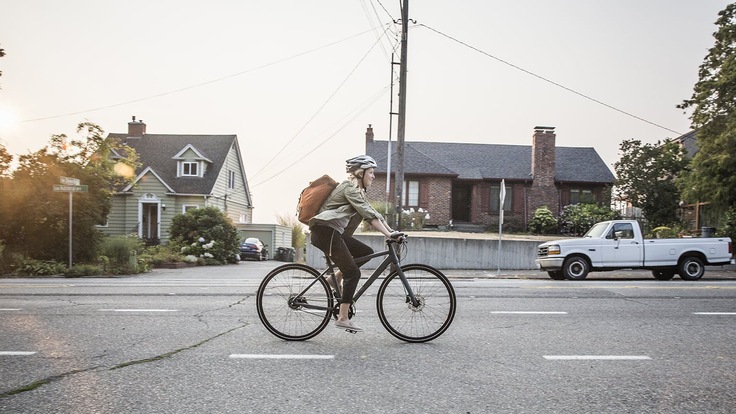
Strategies for dressing appropriately and staying safe on the road
Dressing appropriately is just as important as maintaining your bike to ensure your safety on the road. Consider investing in reflective clothing and gear, making you more visible to drivers during low-light hours. Always wear a helmet to reduce the risk of head injury in an accident. Waterproof clothing will help keep you dry and warm if you commute in rain or snow.
Avoid loose-fitting clothing that could get caught in your bike’s moving parts or obscure your vision. Finally, make sure your shoes are comfortable and appropriate for cycling. Sneakers or tennis shoes work well, but avoid sandals, flip-flops, or high heels. With the right gear, you’ll be able to remain comfortable and stay safe while cycling to work or exploring your city.

Expert tips on route planning and navigating traffic
When it comes to bike commuting, planning your route and navigating traffic are essential skills to make your ride smooth and safe. Experts suggest mapping your route before you commute to avoid unexpected road closures, heavy traffic, or unsafe areas. Utilizing bike lanes, back roads, and quieter streets are great options to avoid high-traffic areas.
It’s also important to know and obey all traffic laws, such as stopping at stop signs and obeying traffic signals. Always be aware of your surroundings and anticipate potential hazards. Experienced commuters suggest wearing reflective clothing and using lights to increase visibility, especially during low-light hours.
Lastly, it may take some time to adjust to commuting on a bike, so starting with shorter rides and gradually working up to longer distances is important. With these expert tips, you’ll be well-equipped to plan your route and navigate traffic like a pro.

Advice on building confidence, endurance, and stamina for longer commutes
Building your confidence, endurance, and stamina is key to tackle longer commutes. Start by slowly increasing your distance each week, and allow yourself time to adapt to the extra physical activity.
Strength training exercises and stretching can also help prepare your body for longer rides. Additionally, try breaking up your commute into smaller segments and taking breaks if needed. As you become more comfortable, consider adding hills or more challenging terrain to your route.
Remember to always prioritize safety, and be sure to wear appropriate gear and follow traffic rules. With consistent training and a positive mindset, longer commutes by bike can become a rewarding and enjoyable part of your routine.
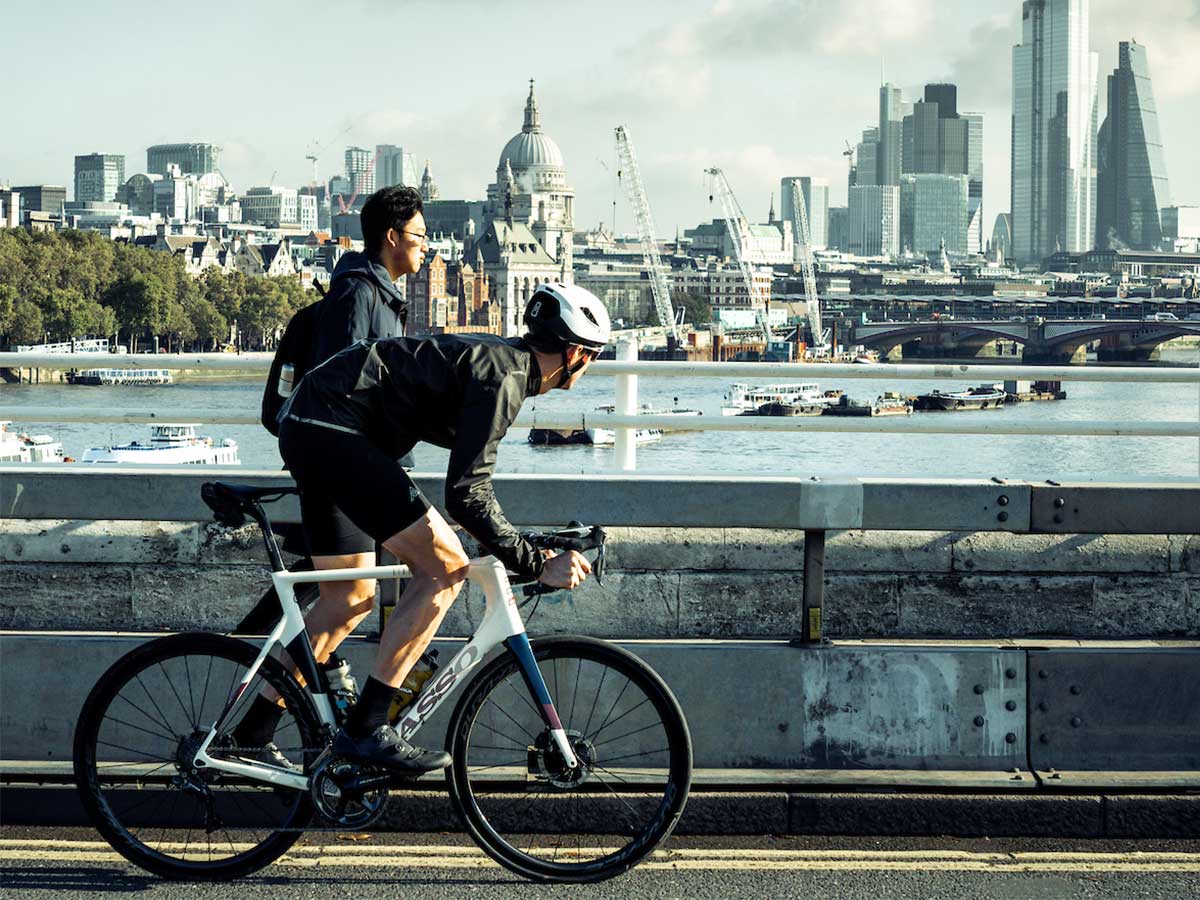
Navigating a new route and planning for your bike commute
Navigating a new route and planning for your bike commute can make your biking experience much more enjoyable and stress-free. First, use tools like Google Maps and Strava to find safe, common routes and ensure you know how far you’ll be riding and how fast you want to get there.
If you’re feeling hesitant, consider using a route-planning app like CycleStreets, which provides three options. By thinking ahead and using a couple of tricks and tools, you can easily plan your route. Additionally, don’t be afraid to ask fellow bike commuters for advice on the best routes and strategies, as they often have valuable insight to offer.
Planning and taking the time to familiarize yourself with the route will make your first ride more enjoyable and help build confidence and endurance for future commutes.

How do I prepare for a bike commute?
To prepare for a bike commute, you need to take a few essential steps. Before anything else, make sure your bike is in good working order. Check your brakes, tires, and chain to ensure everything is secure and functional.
Invest in a good quality helmet to protect your head while on the road. When it comes to clothing, dress in comfortable, moisture-wicking materials and wear reflective gear to increase visibility. Plan your route and take a test ride before your first commute to familiarize yourself with the path and traffic conditions.
Finally, remember that building endurance and stamina takes time, so start with shorter distances and gradually work your way up to longer rides. Following these tips will prepare you for a successful bike commute.

How far should a beginner biker ride?
When starting as a beginner biker, choosing a distance that is achievable and comfortable for you is important. The recommended distance for beginners is around 12 miles, which should take an hour to ride at an average speed.
However, it’s important to consider your physical capabilities and the route you will be taking. If your commute is longer, consider hitching a ride with a co-worker for part of the journey or using public transportation to combine with your bike ride.
Gradually build up to longer distances, but don’t push yourself too hard too soon. Remember, it is important to enjoy the ride and make it a sustainable and enjoyable part of your daily routine. With practice and patience, you’ll soon be able to easily tackle longer distances.

How long does it take to get used to commuting on a bike?
As a beginner bike commuter, you might wonder how long it will take for your body to get used to cycling. The answer depends on your initial fitness level and the journey’s length and terrain. However, most people experience an initial hump after the first week of biking, where they may feel sleepy and tired.
This is normal and usually only lasts a few days. By regularly biking to work, your body will adapt and become more efficient at cycling. Building up your endurance and stamina takes time, so start with shorter commutes and gradually increase your distance.
Remember, the best bike for the job is the one you already have. With the right tips and strategies, you’ll be a confident and experienced bike commuter in no time.
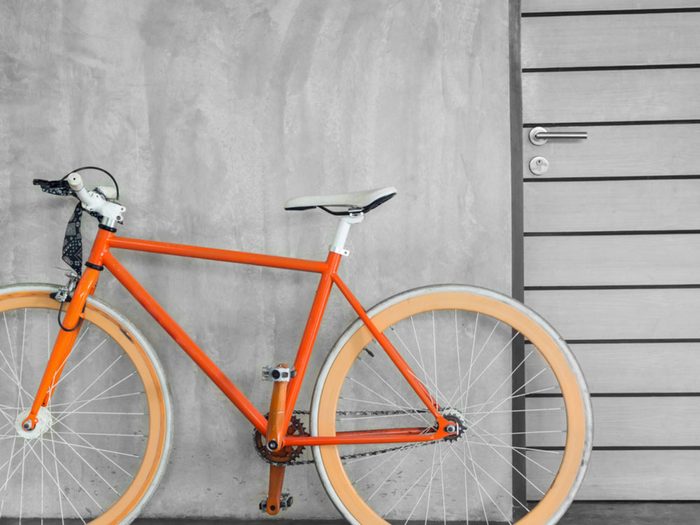
Summary
In summary, “Bike Commuting: The Ultimate Beginners Guide” is the perfect resource for those considering bike commuting for the first time. You will learn about the numerous benefits of bike commuting, including improved health and a reduced carbon footprint. You will also discover how much money you can save on transportation costs and how biking can be faster than driving in congested areas.
With help from expert bike commuters, you will learn about essential gear and strategies to stay safe on the road, dress appropriately, navigate traffic, and build confidence, endurance, and stamina for longer commutes. The guide also provides advice on route planning and preparing for a bike commute, including how far a beginner biker should ride and how long it takes to get used to commuting by bike. This comprehensive guide will ensure a successful and enjoyable bike commuting experience.